By Will Rowlands
We’re happy to report some activity by Connecticut’s Invasive Plant Council. They’re the group that makes recommendations to the Connecticut General Assembly on plants that should be added to the state’s official list of invasives. It’s been a while since we’ve seen any action.
And the envelope please! The new additions to Connecticut’s official list of invasive plants are:
• Mugwort (Artemisia vulgaris)
• Porcelainberry (Ampelopsis brevipedunculata)
• Japanese angelica tree (Aralia elata)
• Quackgrass (Elymus repens)
• Chinese wisteria (Wisteria sinensis)
• Japanese wisteria (Wisteria floribunda)
The changes are effective Oct. 1, 2024 and allow for a fine of not more than $100 per plant.
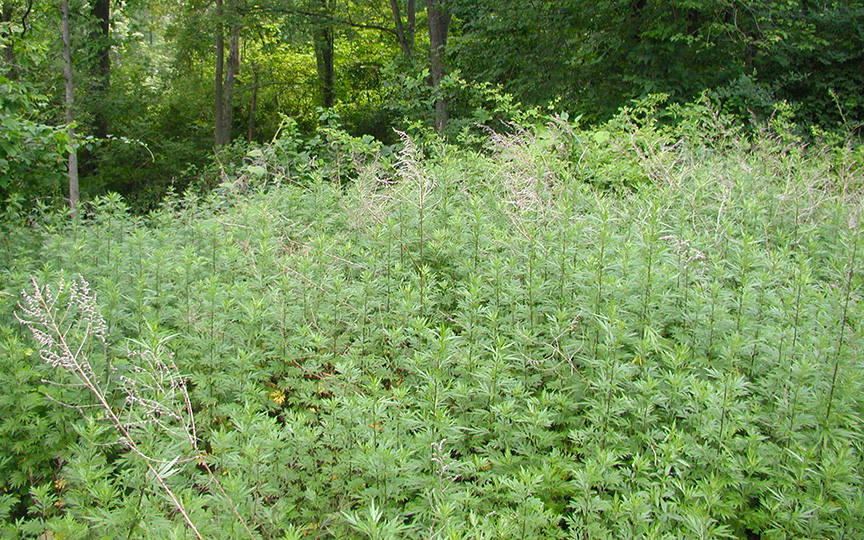
An incursion of Mugwort (Artemisia vulgaris) at Aspetuck Park in Easton. Route 58 is just behind the trees in the background. The Aspetuck River is close by on the left.
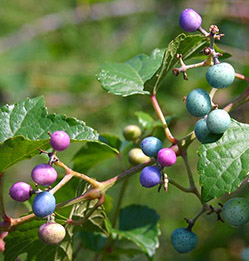
The shiny berries of porcelainberry (Ampelopsis brevipedunculata) mature to deep shades of blue and purple and may have speckles or dots.
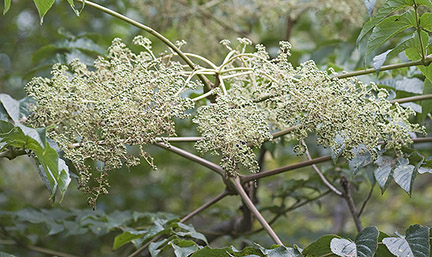
Japanese angelica tree (Aralia elata)
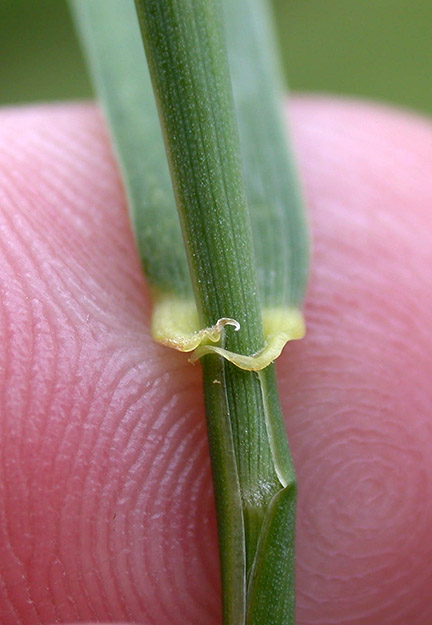
The clasping auricles of Quackgrass (Elymus repens) are a key identifier.
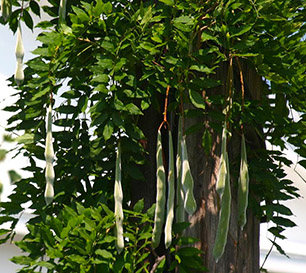
Chinese Wisteria (Wisteria sinensis)
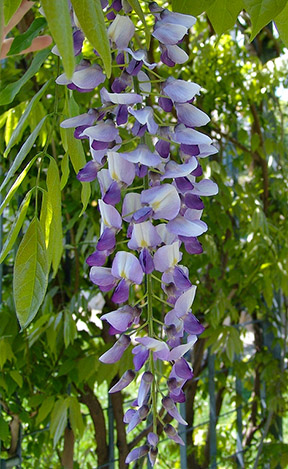
Japanese Wisteria (Wisteria floribunda) at the Arnold Arboretum.
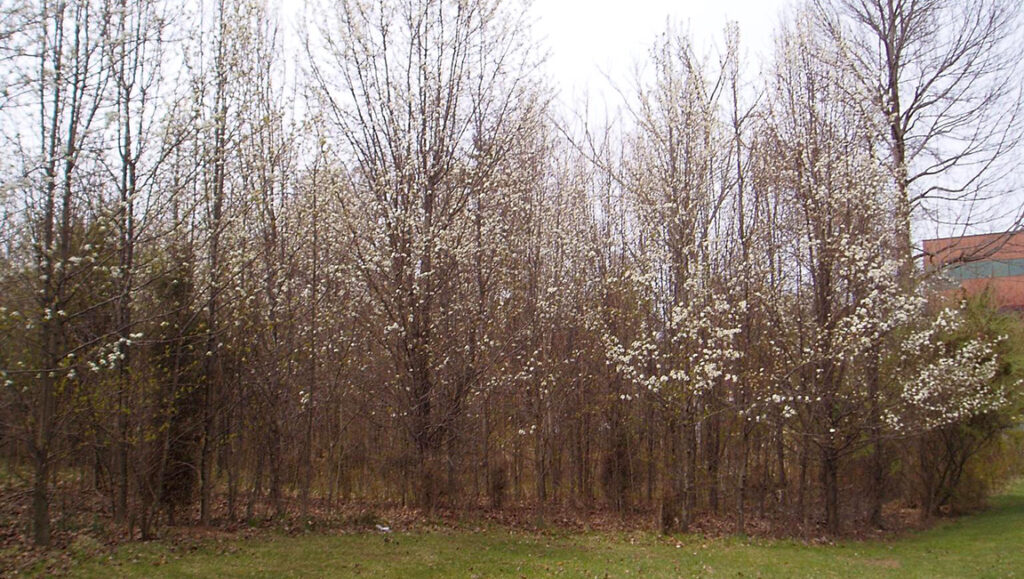
An infestation of Callery pear (Pyrus calleryana)
Callery pear (Pyrus calleryana) will be added to the list effective Oct. 1, 2027 to allow the nursery industry some time to phase them out. Bradford Pear is a cultivar of Callery Pear. Alas, we can’t recommend buying a plant that will soon be considered invasive!
The additions to the list were approved without dissent by the General Assembly’s Environment Committee, the House and the Senate and were signed into law by Gov. Ned Lamont on May 14.
The bill also requires that, by March 1, 2025, the Invasive Plants Council shall submit a report to the relevant joint standing committee of the General Assembly on the cultivars of Japanese Barberry (Berberis thunbergii) and Burning Bush (Euonymus alatus) that are sterile and may reasonably be sold in the state. We can’t really recommend buying these either as modified plants sometimes revert to their original state.
For information on these invasives check out the website of the CT Invasive Plant Working Group (CIPWG) at cipwg.uconn.edu
The full text of Public Act. No. 24-11 can be found at https://bit.ly/3WEcFfT
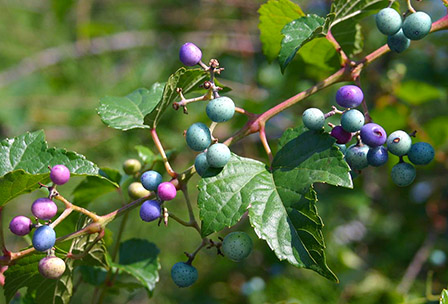



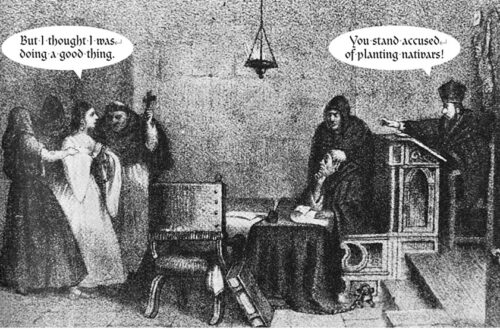
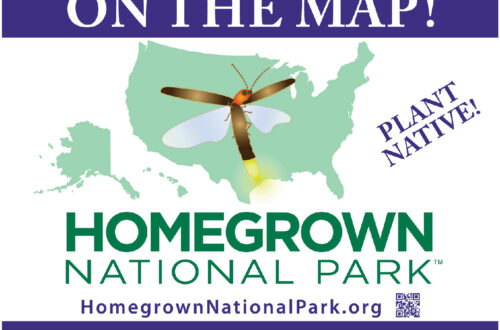
2 Comments
Richard Straub
Are Euonymos alatus
ot Japanese barberty on the list of not to be sold invasives?
Will Rowlands
They are both on CIPWG’s invasive plant list but neither are banned, presumably because growers are focusing on sterile cultivars.